10 Best Herbal Linctuses For Infection
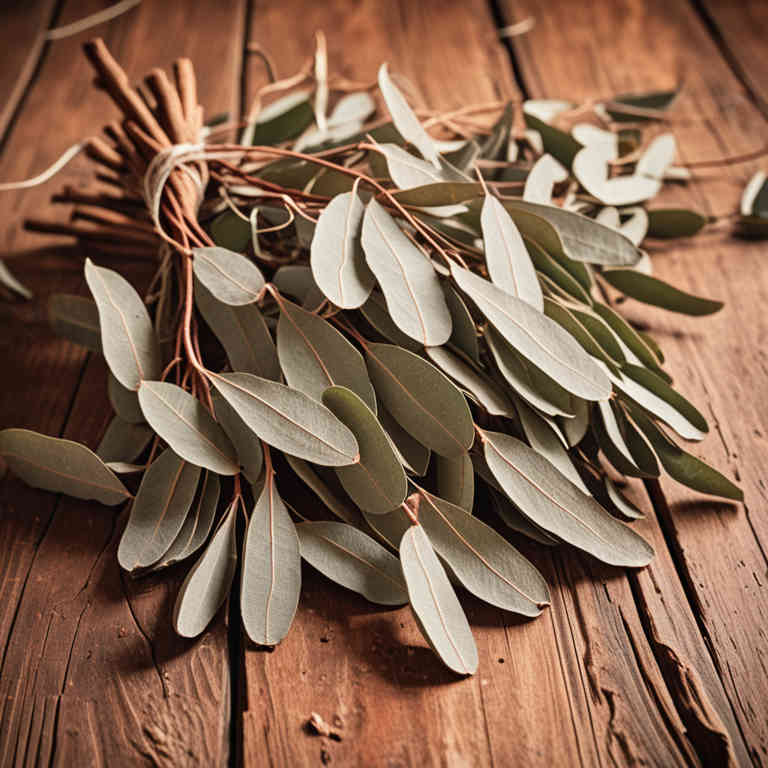
Herbal linctuses are traditional remedies used to soothe coughs and ease respiratory discomfort, often containing natural ingredients such as honey, ginger, eucalyptus, and thyme.
These formulations are typically considered safe for use in mild to moderate respiratory infections, as they can help reduce inflammation and loosen mucus in the airways. Unlike pharmaceutical cough suppressants, herbal linctuses may offer a gentler alternative with fewer side effects, though their effectiveness can vary depending on the specific ingredients and individual response. While they may not cure an infection, they can provide symptomatic relief and support the body's natural healing process.
It is important to consult a healthcare provider before using herbal linctuses, especially for children, pregnant women, or individuals with allergies or chronic conditions.
FREE Herb Drying Checklist
How to make sure every batch retains maximum flavor, color, and aroma without the risk of mold or over-drying. Eliminate guesswork and trial-and-error, making herb drying faster, easier, and more efficient every time.
Table of Contents
1. Thymus vulgaris
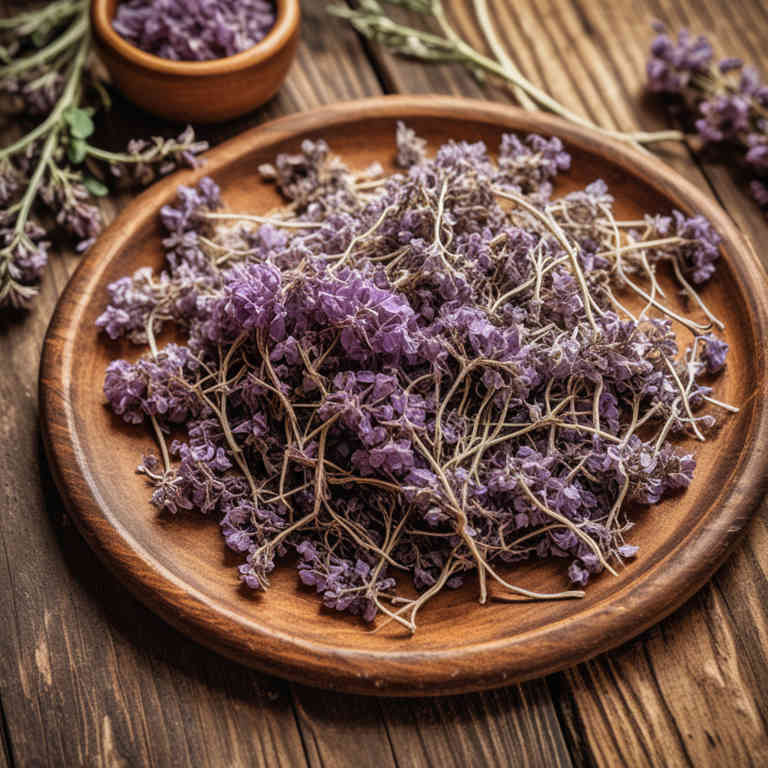
Thymus vulgaris, commonly known as thyme, is a herbal remedy that has been traditionally used for its antimicrobial and expectorant properties.
Thyme-based linctuses, or cough syrups, are often formulated to soothe respiratory tract infections by reducing inflammation and loosening mucus. The active compound thymol in thyme exhibits potent antibacterial and antifungal effects, making it effective against common pathogens responsible for throat and upper respiratory infections. These herbal linctuses are typically safe for short-term use and may offer a natural alternative for those seeking non-pharmaceutical treatments.
However, they should be used under the guidance of a healthcare professional, especially in cases of severe or persistent infection.
2. Zingiber officinale
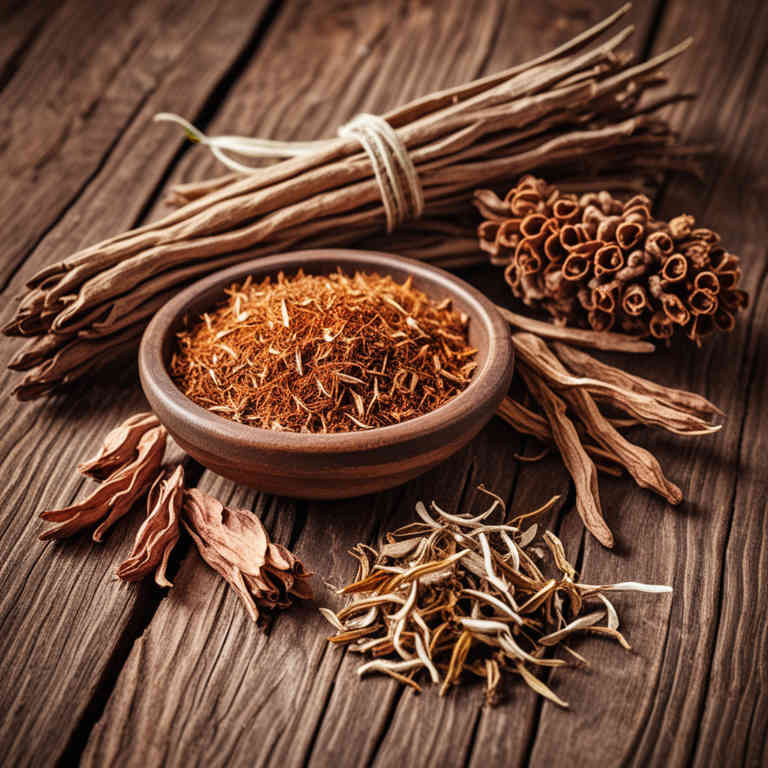
Zingiber officinale, commonly known as ginger, has been traditionally used in herbal linctuses for its antimicrobial and anti-inflammatory properties.
These linctuses are often prepared by extracting the active compounds from fresh or dried ginger root, which contains gingerol and shogaol—known for their ability to inhibit the growth of certain pathogens. While ginger is not a substitute for conventional antibiotics, some studies suggest it may help reduce symptoms of respiratory infections when used as a complementary therapy. Herbal linctuses containing zingiber officinale are typically used to alleviate coughs and sore throats, though their efficacy against specific infections requires further scientific validation.
As with any herbal remedy, it is important to consult a healthcare professional before use, especially for individuals with chronic conditions or those taking other medications.
3. Mentha piperita
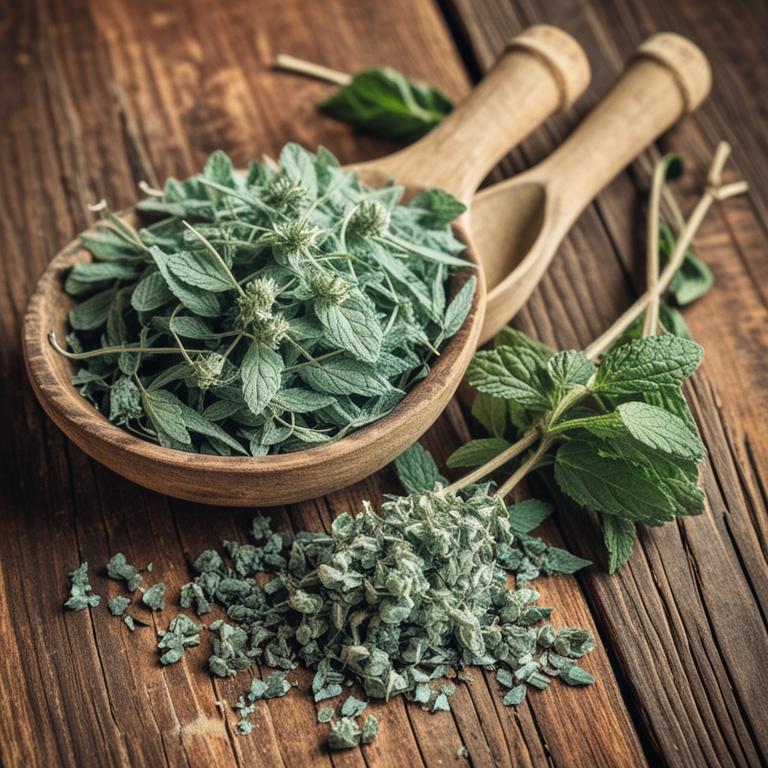
Mentha piperita, commonly known as peppermint, is often used in herbal linctuses to help alleviate symptoms of respiratory infections.
These linctuses typically contain menthol and other natural compounds that provide a soothing effect on the throat and airways. The cooling and antiseptic properties of peppermint may help reduce inflammation and ease coughing. While they are not a cure for infections, they can offer symptomatic relief and support the body's natural healing process.
As with any herbal remedy, it is advisable to consult a healthcare professional before use, especially for children or individuals with existing medical conditions.
4. Echinacea purpurea

Echinacea purpurea, commonly known as purple coneflower, is a herbal remedy traditionally used to support immune function and may help reduce the severity and duration of colds and respiratory infections.
When formulated into linctuses, or medicated syrups, echinacea purpurea can provide soothing relief for sore throats and coughs associated with upper respiratory infections. Studies suggest that echinacea may have antimicrobial and anti-inflammatory properties that contribute to its effectiveness in fighting infections. However, its efficacy can vary depending on the specific preparation and dosage, and it is often recommended as a complementary therapy rather than a primary treatment.
As with any herbal remedy, it is important to consult with a healthcare provider before use, especially for individuals with allergies or those taking other medications.
5. Eucalyptus globulus

Eucalyptus globulus, commonly known as the Tasmanian blue gum, is a key ingredient in many herbal linctuses due to its potent antimicrobial and anti-inflammatory properties.
These linctuses are often used to alleviate symptoms of respiratory infections such as bronchitis and coughs by soothing irritated mucous membranes and reducing mucus viscosity. The essential oils derived from eucalyptus globulus contain compounds like eucalyptol and cineole, which have been shown to inhibit the growth of certain bacteria and fungi. While generally considered safe for adults, these linctuses should be used with caution in children and individuals with asthma or allergies.
Overall, eucalyptus globulus herbal linctuses offer a natural alternative for managing mild respiratory infections and supporting immune health.
6. Glycyrrhiza glabra
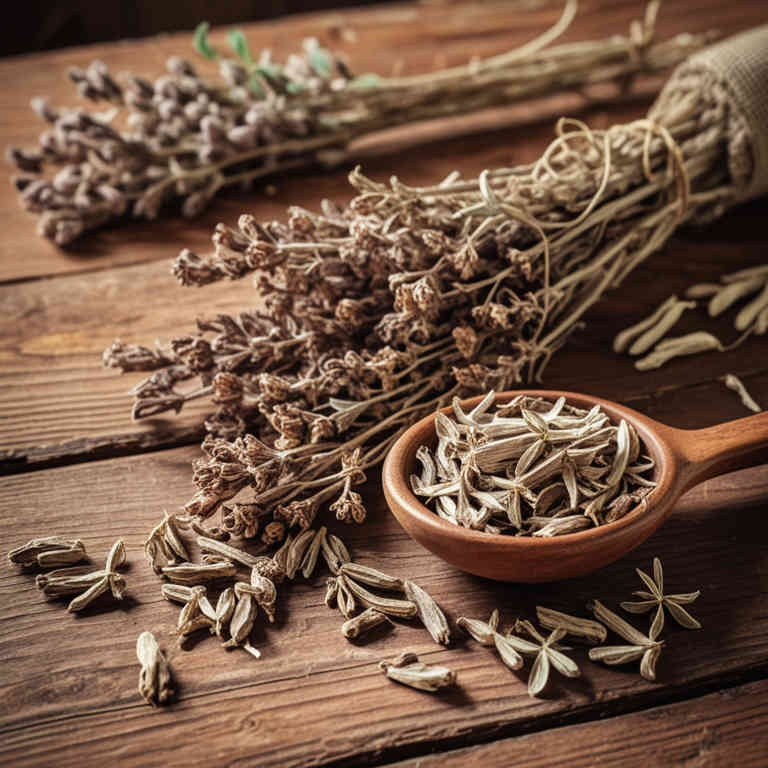
Glycyrrhiza glabra, commonly known as licorice root, has been traditionally used in herbal medicine for its soothing and anti-inflammatory properties.
Licorice-based linctuses are often prescribed to alleviate symptoms of respiratory infections, such as coughing and sore throat, due to their demulcent and expectorant effects. The active compounds in licorice, including glycyrrhizin and flavonoids, help to reduce inflammation in the throat and bronchial passages. However, prolonged use of licorice linctuses may lead to side effects such as hypertension and fluid retention due to the effects of glycyrrhizin on the body's mineral balance.
Therefore, it is important to use licorice-based remedies under the guidance of a healthcare professional, especially for individuals with pre-existing health conditions.
7. Salvia officinalis
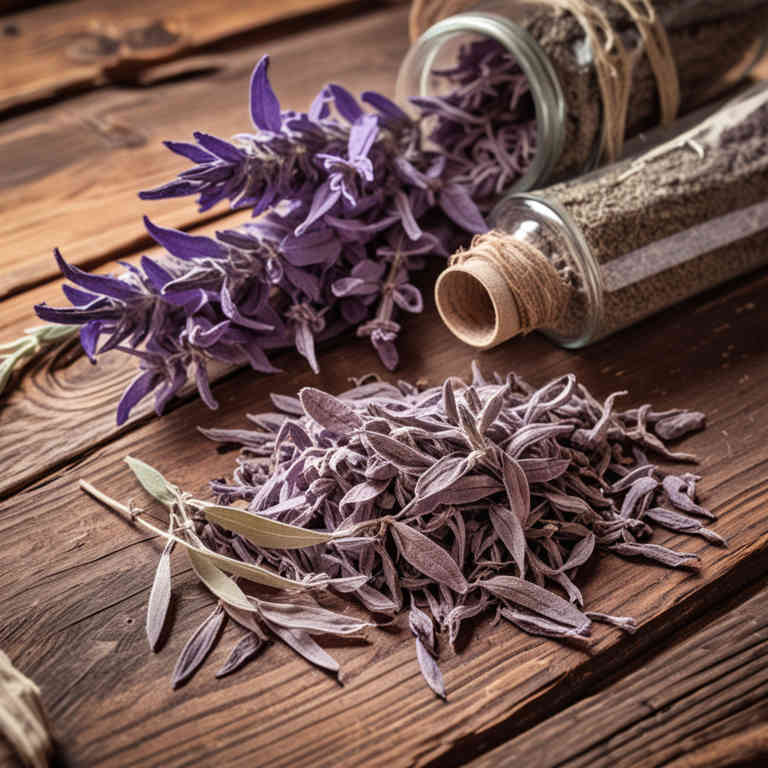
Salvia officinalis, commonly known as sage, has been traditionally used in herbal medicine for its soothing and antimicrobial properties.
Sage-based linctuses are often formulated to alleviate symptoms of respiratory infections, such as coughs and sore throats, by reducing mucus production and providing a calming effect. The active compounds in sage, including thujone and flavonoids, contribute to its antiseptic and anti-inflammatory actions, which may help combat bacterial and viral infections. These herbal linctuses are typically prepared with honey or glycerin to enhance their effectiveness and improve palatability.
While they are not a substitute for medical treatment, sage linctuses can serve as a natural supportive remedy for mild respiratory infections.
8. Foeniculum vulgare
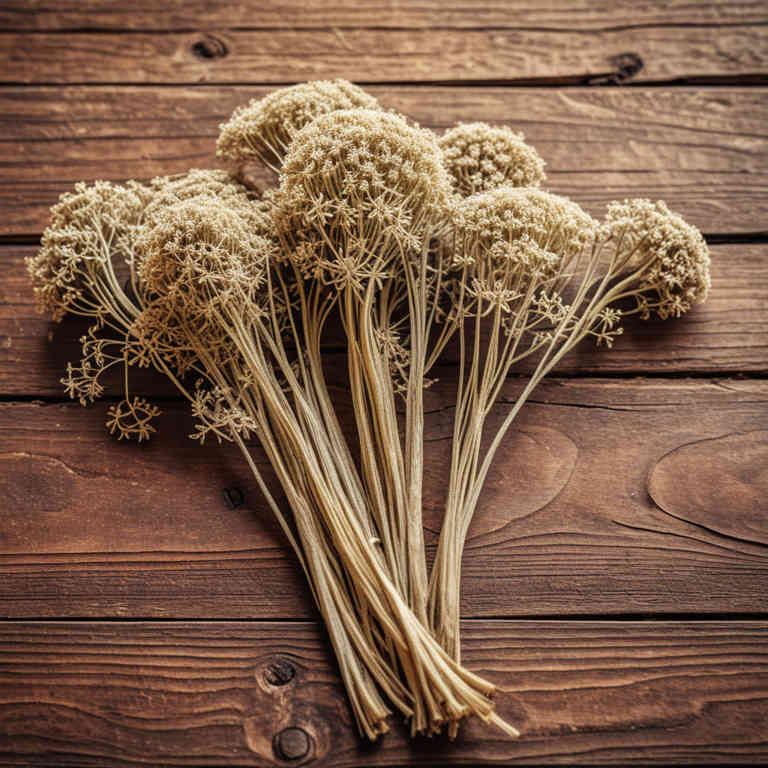
Foeniculum vulgare, commonly known as fennel, has been traditionally used in herbal linctuses to help alleviate symptoms of respiratory infections such as coughs and sore throats.
The essential oils found in fennel, particularly anethol and fenchone, possess mild antimicrobial and anti-inflammatory properties that may help reduce the severity of infections. These herbal linctuses are often prepared by infusing fennel seeds in a carrier oil or honey, creating a soothing and aromatic remedy. While fennel is generally considered safe for short-term use, it should be used with caution in individuals with known allergies or those taking certain medications.
Overall, foeniculum vulgare herbal linctuses can serve as a complementary therapy to support the body's natural healing processes during mild respiratory infections.
9. Cinnamomum verum

Cinnamomum verum, commonly known as true cinnamon, has been traditionally used in herbal linctuses to soothe respiratory infections due to its antimicrobial and anti-inflammatory properties.
The essential oils extracted from the bark of Cinnamomum verum contain compounds like cinnamaldehyde and eugenol, which exhibit broad-spectrum antimicrobial activity against various pathogens. When incorporated into herbal linctuses, these oils help reduce throat irritation, suppress coughing, and alleviate symptoms of conditions such as bronchitis and common colds. However, it is important to use these linctuses under proper guidance, as excessive use may cause irritation or allergic reactions.
Despite its historical use, modern medical practices often recommend complementary rather than standalone treatment for infections, emphasizing the importance of professional healthcare consultation.
10. Rosmarinus officinalis

Rosmarinus officinalis, commonly known as rosemary, is a herbal linctus traditionally used for its antimicrobial and anti-inflammatory properties.
When formulated into a linctus, it can help soothe respiratory tract infections by reducing irritation and promoting mucus clearance. The essential oils in rosemary, such as camphor and cineole, contribute to its expectorant and antiseptic effects. This herbal remedy is often recommended for conditions like bronchitis and coughs, though it should be used with caution in individuals with certain health conditions.
As a natural alternative, rosemary linctus may offer a gentler option for managing mild respiratory infections.